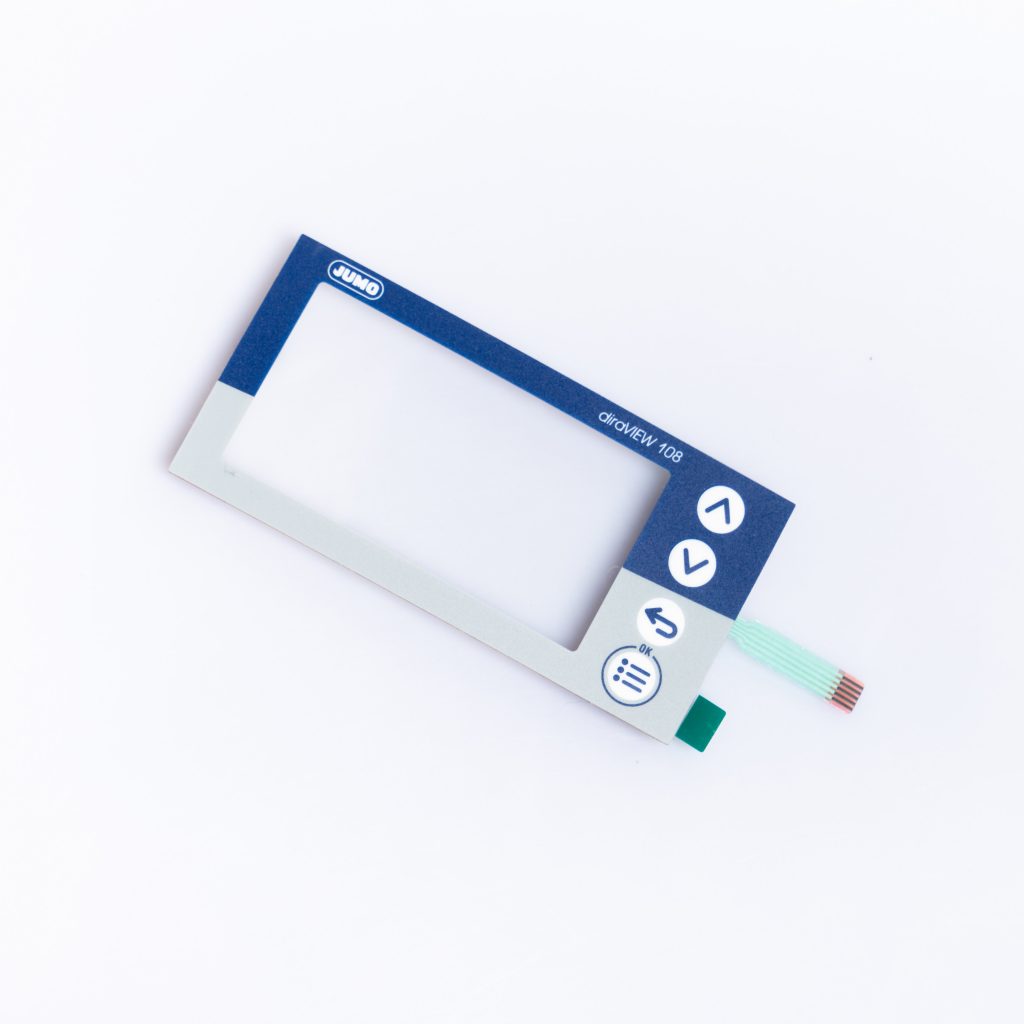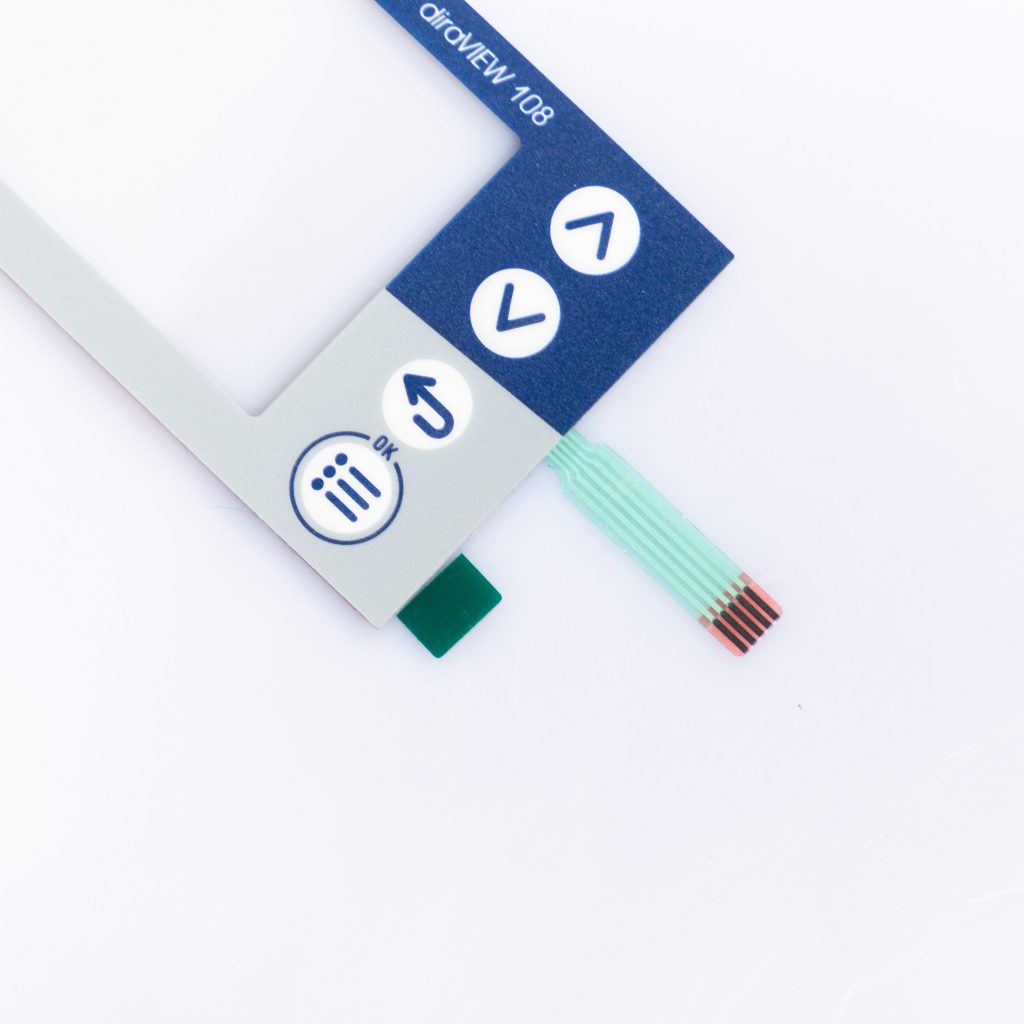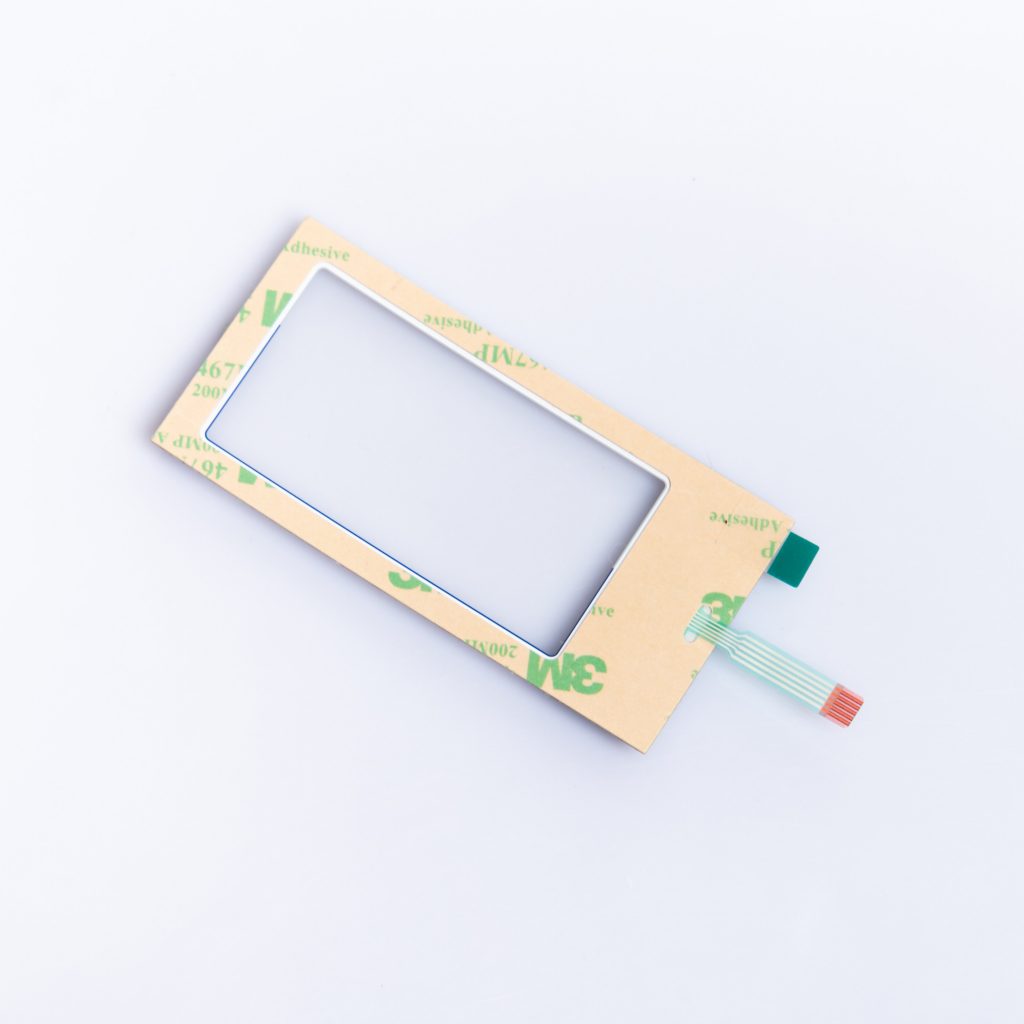Contact
Write to Us And We Would Be Happy to Advise You.
Do you have any questions, or would you like to speak directly with a representative?
By hqt
In today’s digital age, membrane switches have become an integral part of numerous electronic devices, from microwave ovens to medical equipment. These switches offer a cost-effective and reliable solution for user interface control. However, the success of a membrane switch largely depends on the design of its conductive traces. In this article, we will delve into the intricate world of membrane switch design, focusing on the crucial aspect of creating efficient conductive traces.



Before we dive into the specifics of conductive trace design, let’s briefly understand what a membrane switch is. A membrane switch is a thin, flexible, and often translucent keyboard or keypad that utilizes pressure-sensitive technology to activate a circuit. It consists of several layers, including a graphic overlay, spacer, and conductive layers. These conductive layers, often made of copper or silver, play a pivotal role in the switch’s functionality.
Conductive traces in a membrane switch serve as the pathways for electrical current to flow when a user applies pressure to a specific area of the switch. Properly designed traces ensure that the switch functions reliably, providing tactile feedback to the user. Inefficient trace design can lead to issues like ghosting, false triggering, or reduced switch lifespan.
Creating efficient conductive traces requires a comprehensive understanding of various factors. Let’s explore these factors step by step:
Choosing the right material for your conductive traces is critical. Copper and silver are common choices due to their excellent conductivity. Each material has its pros and cons, and your selection should align with the specific requirements of your project.
The width and spacing of conductive traces impact the switch’s performance. Narrow traces may save space but can lead to higher resistance, while wider traces offer lower resistance but may require more space. Striking the right balance is essential.
Low resistance is vital to ensure efficient current flow. Calculating the resistance of your conductive traces and keeping it within acceptable limits is crucial for reliable switch operation.
The thickness of the conductive traces affects their durability. Thicker traces are more robust but may impact the switch’s tactile feel. Balancing thickness is necessary to achieve both durability and user comfort.
Consider the overall layout and design of your membrane switch. Ensure that traces are positioned to minimize the risk of accidental activation and that they are strategically placed to provide uniform pressure distribution.
Now that we’ve covered the essential factors let’s discuss the step-by-step process of designing the conductive trace for a membrane switch:
Before you start, clearly define your project’s requirements, including the switch’s size, expected lifespan, and environmental conditions it will operate in.
Choose between copper and silver based on your project’s needs. Copper is cost-effective, while silver offers superior conductivity but at a higher cost.
Calculate the required trace width and spacing to achieve the desired resistance and avoid issues like ghosting.
Opt for a trace thickness that balances durability and tactile feedback.
Create a layout that ensures proper positioning of traces and minimizes accidental activation.
Designing the conductive trace of a membrane switch is a crucial step in creating a reliable and user-friendly interface for electronic devices. By considering material selection, trace width and spacing, resistance, trace thickness, and layout design, you can ensure the switch functions optimally. Keep in mind that the success of your membrane switch project ultimately depends on meticulous design and attention to detail.
Membrane switches are commonly used in various applications, including microwave ovens, medical equipment, remote controls, and industrial control panels.
While copper and silver are common choices, you can explore alternative materials depending on your project’s requirements. However, conductivity and cost should be primary considerations.
Ghosting is a phenomenon where unintended keys or buttons are activated due to electrical interference. Proper trace design can help minimize ghosting issues.
Membrane switches can be highly durable if designed correctly. Proper trace thickness and material selection are essential factors in ensuring durability.
You can test your membrane switch design by conducting various tests, including electrical conductivity, actuation force, and lifespan testing, to ensure it meets the desired performance criteria.
Do you have any questions, or would you like to speak directly with a representative?